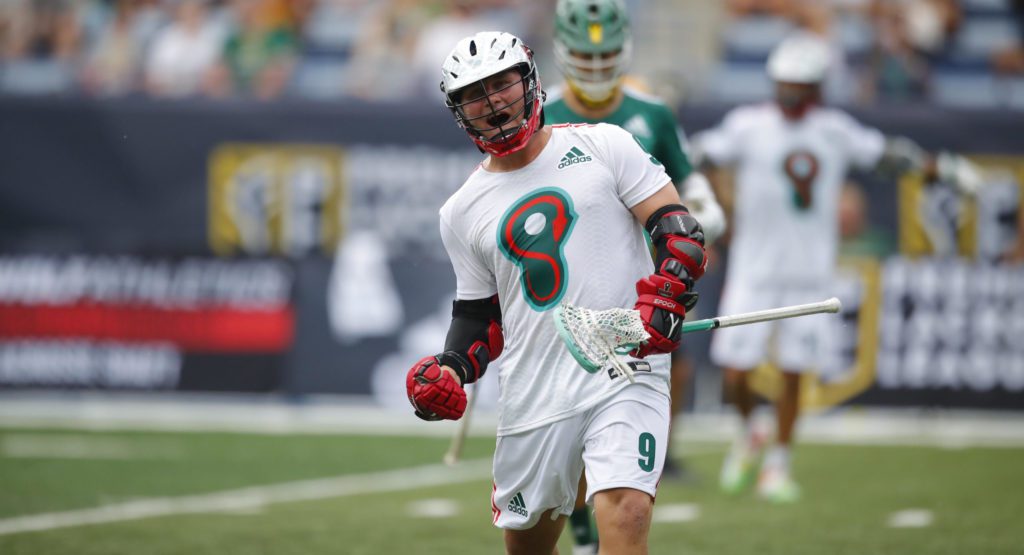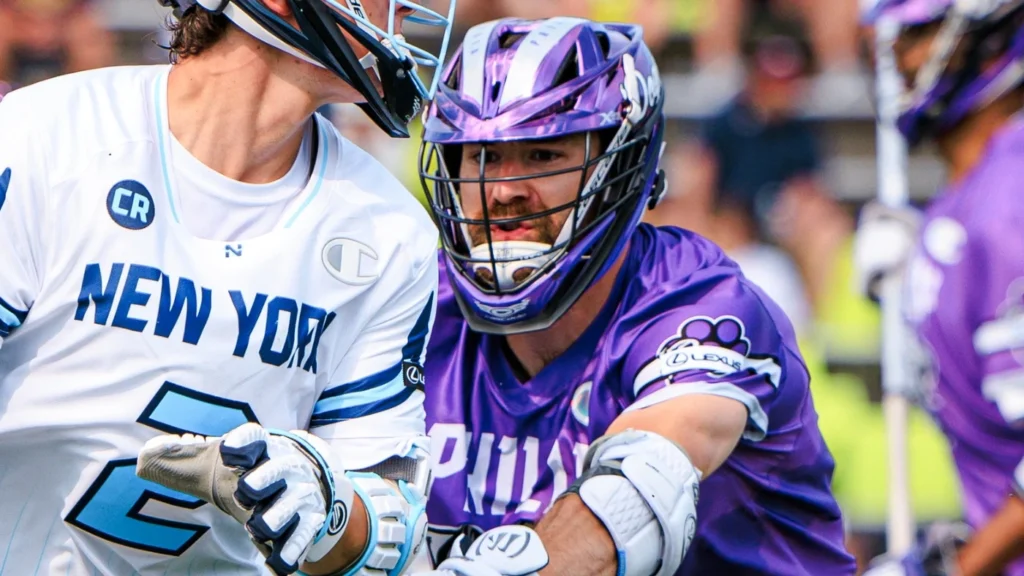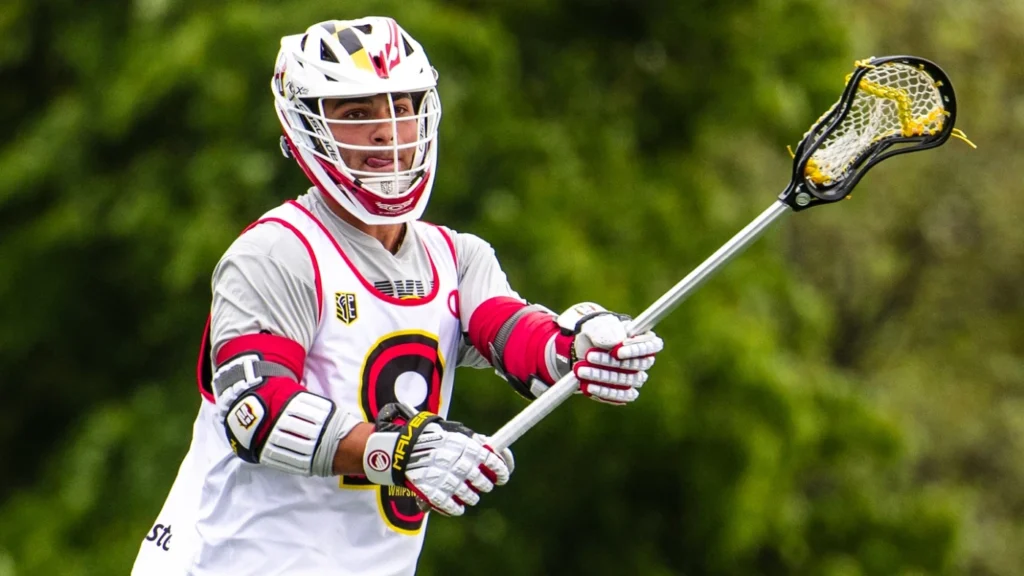
Why the Whipsnakes Punt on 4th Down
By Joe Keegan | May 1, 2020
Fourth down decision-making is an area of football that is most influenced by analytics. Bots tell coaches whether to punt or to go for it based on field position and distance from the chains. NFL teams are going for it on fourth-and-2 about twice as often as they did in 2008 – still more conservative than the bots suggest, but football coaches are becoming more aggressive. It’s time for lacrosse coach’s to become more conservative – and to bring out the punters on fourth down.
Offenses struggle as the shot clock dwindles to single digits. Shooting percentage drops from 28.3% to 24.9%. Assist-to-turnover ratio plunges from 0.47 to 0.25. The real downside lies in the substitution numbers game. Like the field position battle in football, a turnover in lacrosse can lead to a quick score in the opposite direction.
Punting on fourth down
The Whipsnakes recognized the relationship between an offensive possession’s result and the ensuing defensive possession better than any team. The champs had the league’s worst “fourth down” offense, shooting 17.4% with nine seconds or less on the clock. That’s a small price to pay to boast the league’s best “first down” defense; opponents shot 23.9% with 40 seconds or more remaining on the shot clock – a skimpy number, considering an average offense buries 31.6% during that time.
“If the clock was running down, we would start the substitution pattern,” said Whipsnakes LC head coach Jim Stagnitta. “We would play with five. We usually try to get someone off if it is late in the clock.”
Pulling an offensive midfielder off the field sometimes creates offense for the Whipsnakes. When opponents match feet, it opens up space on the field. As Ryan Drenner picks up an endline restart with 10 seconds on the shot clock, you can see Joe LoCascio exit stage right. Notice LoCascio’s man – he follows, then thinks twice. Instead, he fills toward the crease, so that the crease defender can slide, but it’s too late.
Ryan Drenner uses the pick at GLE, runs thru the switch, and finishes.@ChefBoy_RD_ pic.twitter.com/LE4UoGiJWH
— PLL Highlights (@PLLHighlight) April 30, 2020
“We take people off the field during those last few seconds and they’ll usually run off with you,” said Stagnitta. “So we could end up playing 4-on-4, 5-on-5 – it could even be 3-on-3 if we get everybody off, which gives you an advantage and takes the slide away.”
Midfielders owning their roles
The Whipsnakes don’t always punt. On fourth-and-short, they’ll keep their six offensive players on the field. Two-way capable midfielders allow them that luxury.
“Most of our middies – a guy like John Haus and Joe LoCascio – they can get back and they can get in and they can survive on the defensive end without us having to give up any type of unsettled situation,” said Stagnitta.
Stagnitta has a knack for finding players talented enough to play that role and humble enough to own it. Drew Snider – lost to the Waterdogs in the expansion draft – got his start in professional lacrosse from Coach Stagnitta as a defensive midfielder almost a decade ago. It was a new role at the time. Snider used the opportunity to earn a larger role, a gold medal with Team USA in 2018, and four professional championships.
“For us to be successful, guys have to buy into that kind of culture that some days my role is going to be bigger than others, but all these roles are big when you put it all together,” said Stagnitta.
The Whipsnakes are bringing in a new group of midfielders ready to buy into the culture. Brad Smith, Zed Williams, and recently acquired Max Tuttle can all do multiple things. Smith is a midfielder by nature but played attack his senior year at Duke. Tuttle played attack in college, mostly defensive midfielder as a rookie in the PLL, and projects to see more time on offense with the Whips. Zed Williams does everything.
Rambo: Last Blood
Part of the reason the Whips’ fourth down strategy works so well is because of their punter: Matt Rambo. Even with low time, Rambo gives his team a chance to score. In a 5-on-6 situation, he can put his head down and create shots instead of turnovers.
“One of the things we don’t want to do is we don’t want to force-feed that ball into the middle and then have it roll to the top of the box and have the other team pick it up at the buzzer and have an advantage to play unsettled,” said Stagnitta. Rambo makes sure that happens. The Whipsnakes turned the ball over 2.8 times per game with nine seconds or less on the clock – nearly a full turnover (and ensuing fast break) below the league average (3.7).
Rambo’s passes are safe. He could have forced it to the crease here; instead, he rolled back, and found John Haus on the back side. (Also, note Joe LoCascio hoofing it to the box as Haus winds up.)
Matt Rambo keeps the missed shot in play, draws a slide, rolls back, and hits the skip pass.@rattmambo @PLLWhipsnakes pic.twitter.com/YX4KPXFkLl
— PLL Highlights (@PLLHighlight) May 1, 2020
Some defenses change their rules late in the clock – either consciously or subconsciously. They hold slides, sometimes overestimating how long eight seconds is for a defender to push Rambo. He’ll roll, re-roll, and re-roll until you overplay one shoulder or go for a desperation check.
“They worry too much about the cutters,” said Stagnitta on those late shot clock defenses, “and the dodger just goes kamikaze all out to the cage.”
Matt Rambo dodges to the island, and as the defense face guards all cutters late in the shot clock, he works against his one-on-one without a slide.@rattmambo @PLLWhipsnakes pic.twitter.com/w7NyRBp7nP
— PLL Highlights (@PLLHighlight) May 1, 2020
“Punting” was key to the Whipsnakes championship run. Their defense was the best in the league from :52 to :00 because that first step from offense to defense helped eliminate easy goals.





Pingback: 3d printer design software
Pingback: microsoft exchange online plan 1
Pingback: microsoft exchange hosting fiyat
Pingback: exchange online plan 1
Pingback: it danışmanlık ücretleri
Pingback: real estate
Pingback: buy cvv2
Pingback: startus.cc
Pingback: buying synthetic weed online
Pingback: kardinal stick
Pingback: relx
Pingback: สล็อตวอเลท ไม่มีขั้นต่ำ
Pingback: 강남셔츠룸
Pingback: hho kit online buy/47% Fuel-Saving Plug-N-Play HHO Kit HHO generator Hydrogen kits for cars trucks
Pingback: dmt vape pens
Pingback: สล็อตวอเลท ไม่มีขั้นต่ำ
Pingback: maxbet
Pingback: passive income streams
Pingback: Gras online kaufen
Pingback: Alexa Nikolas Gray nazi
Pingback: wavy bars
Pingback: slot judi online
Pingback: buy botox without a license
Pingback: superkaya88
Pingback: site read
Pingback: read more
Pingback: golden visa